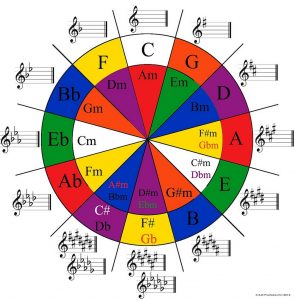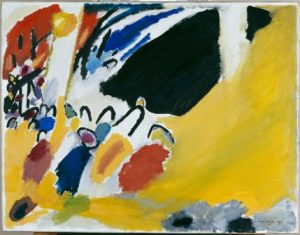Miss Katie Butler, Performing Arts Assistant at WHS and professional composer, looks at the important role of being a composer in the 21st Century.
Introduction
The role of the composer in society has changed a great deal over the centuries. Before the invention of writing and printing, music would have been passed down through oral tradition since time immemorial, but the first musical notation systems can be traced back to Ancient Greece. From there, the ability to notate music made it easier to create longer-form, more complex works, and through the centuries the process developed, from plainsong and early polyphony to the more defined periods of Western art music that we learn about in GCSE and A Level music (Renaissance, Baroque, Classical, and Romantic, up to the present day).
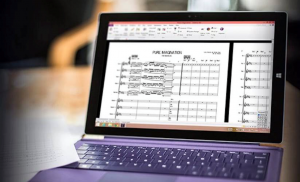
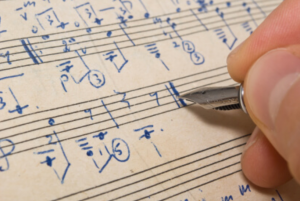
From pen to screen: how has technology changed the composition process?
With the explosion of technology and readily accessible media that has happened in more recent decades, there are more ways to be a composer than ever before – meaning the competition is much greater, but at the same time, so are the opportunities available. Now that we have composing software like Cubase and Logic, and sample libraries (that is, plugins of pre-recorded instruments that allow you to recreate a realistic orchestral sound from your computer), composing is no longer exclusively for those with formal musical education and the ability to read music, or a big budget to record live musicians in studios, and the lines between composer, orchestrator, sound designer and producer are becoming increasingly blurred.
In an age where anyone with a laptop can be a composer, how does this affect the opportunities open to us, and how do we take the step from composing for ourselves to making a living from it?
A little history
Going back through the centuries, many of the great Classical composers were financially able to compose the volume of work they did because of aristocratic patronage. Rich families would appoint composers to write music for private performance in their homes, providing them with a regular income and guaranteed performance opportunities, in return for entertainment and improvement of their own social standing and influence. This Classic FM article will introduce you to some of the major patrons through history. The process was similar for performers and writers; actors and musicians would be affiliated to specific families, and without patronage, we would not have the majority of Shakespeare’s work. Musicians have been making a more sustainable living from composing ever since copyright was introduced (in its earliest form in the late 18th century, and in its present since the early 20th). With rights and royalties, the great composers of previous eras would be earning a great deal more today than they would have done when they were alive.
The power of the internet
Fast-forward five-hundred years or so, and it’s a concept that’s still present today. Now that music is so widely accessible, the modern day “patron” is just a customer that downloads an album, goes to a gig or concert or buys sheet music. Websites like Patreon and Kickstarter allow freelancers invite their followers and fans to fund their work, providing exclusive and personalised content for those that subscribe. The internet is also a brilliant platform for performers to advertise their talents, as we have seen with the explosion of the “Youtuber” and Vine artists – for example, Justin Bieber, Carly Rae Jepsen, and Charlie Puth, who were all catapulted to stardom having been first spotted on their Youtube channels.
The same goes for composers. We can now market our work online with a website, and for all the Youtube videos, bloggers and adverts, there is music that get used in them, with many composers gaining a sizeable portion of their income from writing “library music”: individual tracks that could be used for all sorts of media, from adverts, corporate and educational videos to television and film. Library music companies will invite submissions from composers, where they will be professionally recorded and labelled for production companies to browse online, and composers are normally paid a one-off fee for the unlimited use of their music. One of the leading library music sites is Audio Network – take a look around the website to see the multitude of different styles that are available. Does it take the soul out of the process? Perhaps, but what it lacks in soul, it makes up for in flexibility, freedom and creative control, without the tight deadlines and clashing egos of film and television. Learn more from some composers who are making a living from library music here.
Film and television
Another strand of composing is for film and television, which has had a huge increase in popularity in recent years. It’s a career that relies almost entirely on building relationships with directors, writers and producers, and slowly working your way up. Film music has to fit a picture exactly, mirroring the movements onscreen, conveying emotion, and is very collaborative. It also involves working with directors who don’t necessarily know what they want, and requires such a broad knowledge and understanding of so many different genres of music that many people come to film composing later in their careers. While potentially hugely lucrative and undoubtedly one of the most exciting, rewarding composing careers, it is perhaps the most difficult one to break into.
Musical theatre
From the days of classical patronage to today, in order to earn a living as a composer our output is largely controlled by whoever is paying us – be this a patron, an advertising executive or a film director – but an area that allows more creative control than usual is musical theatre. Having monopolised the West End for decades, Andrew Lloyd Webber’s more recent original productions have been relative commercial flops (for example, the Phantom sequel Love Never Dies (2010), and the bizarre Stephen Ward (2013) that closed after three months), and he is now channelling his focus into helping the next generation of musical theatre writers and composers.
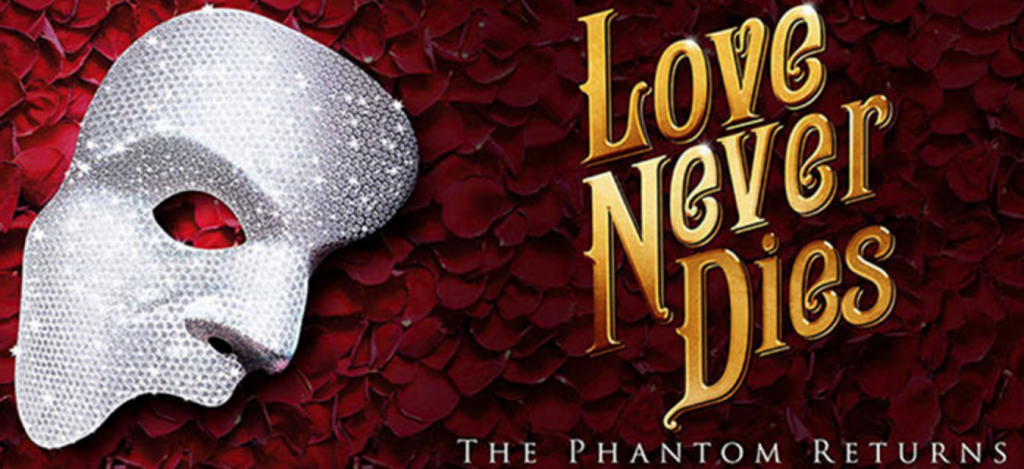
Love Never Dies – a musical failure? Or the catalyst for promoting young composers?
In 2017, he purchased the St James Theatre and renamed it The Other Palace, with the main purpose of bolstering new musicals, and they host regular open mic nights as well as workshops and showcases of new work. Off the back of this, composers can then earn money from licensing shows for amateur performance, or from a transfer of a show to a bigger theatre. Because the process from page to stage takes a great deal of time, other forms of income are still vital. Commercial song-writing allows this freedom to an extent, and there is a faster turnover of projects, but there is still the pressure from record labels to write hits that will sell and the competition is greater than for any other medium.
What can I do now?
As for where to get started while at school or university: GCSE and A Level Music courses will introduce you to the techniques used for composing and give you a chance to try it out, before specialising in university and postgraduate study, where you have the creative freedom to explore your own personal style without worrying about the mark schemes and hoop-jumping that comes with passing exams. You can also come along to our various composition clubs that take place during the week, where you have the freedom to work on your music. Early composition assignments can feel like creativity by numbers, but as they say, you have to learn the rules like a pro so you can break them like an artist…
It’s harder to get started making an income composing than in a lot of careers, but once established, there is essentially no cap on how far it is possible to go. It’s about finding your niche and a way of making it work for you, and new music (particularly by female composers) is being championed more now than ever. Here are some links specific to young female musicians:
Glyndebourne: Balancing the Score
If you think composing might be your thing then immerse yourself in learning more about your craft – go to gigs and concerts, see films in the cinema with the high-quality speakers and surround sound, explore both the West End and Off-West End theatre scenes (many shows have cheaper ticket lotteries or day tickets, and seats at the back for as little as £20). Seeing how others do it is the best way to learn how to do it yourself, and as Wimbledon residents with central London practically on our doorsteps, there really is no excuse not to! Most importantly, be brave and put your music out there so that people can see what you can do.
Happy writing!



